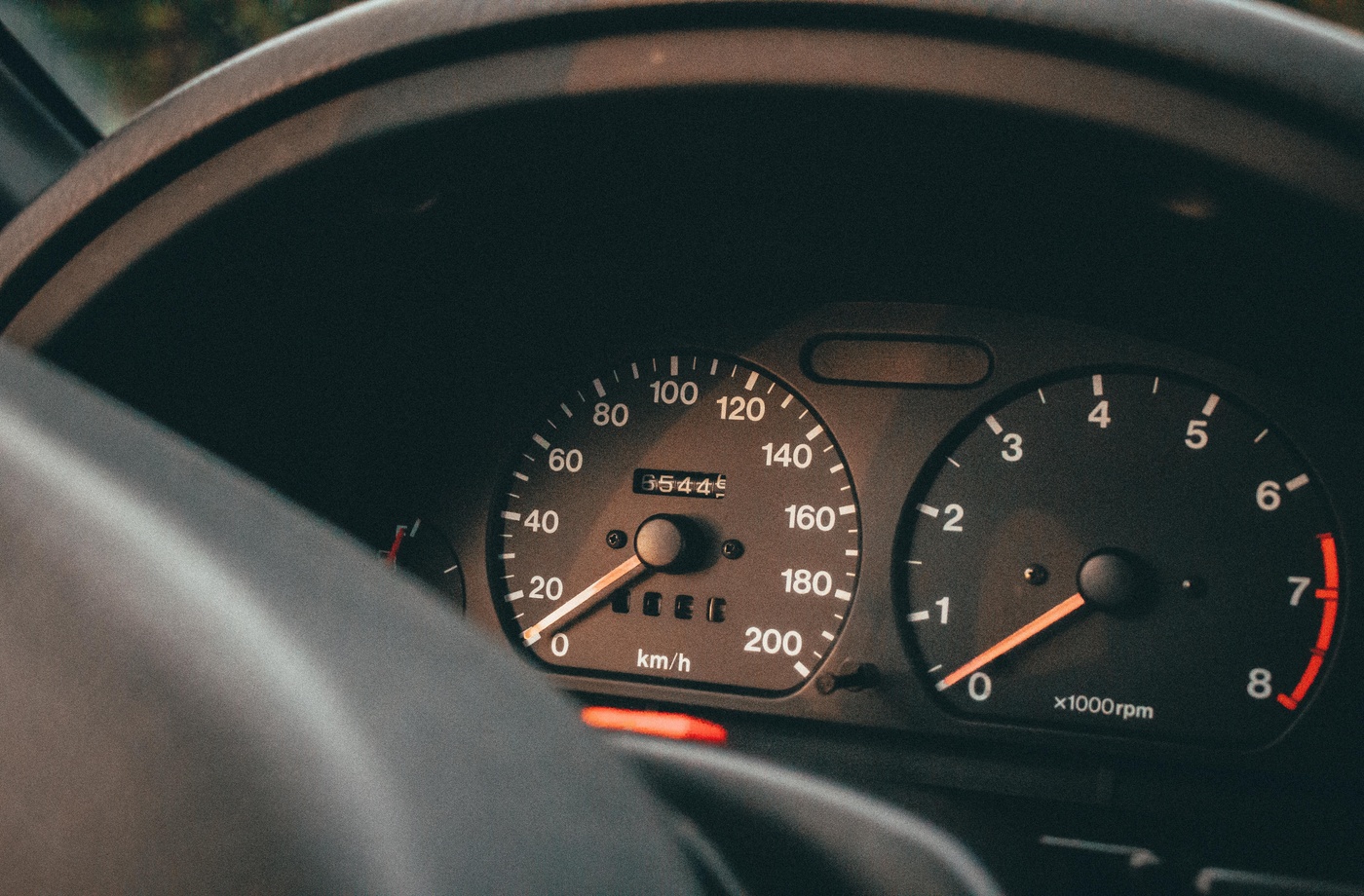If you’re serious about saving money at the pump, the most important changes don’t happen while you’re fueling—they happen under the hood. Keeping your car in top shape directly impacts fuel efficiency, and skipping regular maintenance can lead to sluggish performance, wasted fuel, and higher long-term repair costs.
Here’s a practical car maintenance checklist focused on improving gas mileage and getting the most out of every tank.
- Check and Replace the Air Filter
A clogged or dirty air filter restricts airflow to your engine, reducing its efficiency. When your engine can’t breathe properly, it burns more fuel.
Recommendation:
Inspect your air filter every 12,000 to 15,000 miles. Replace it sooner if you drive in dusty or rural environments. Learn more at EPA Fuel Economy Tips.
- Keep Tires Properly Inflated
Underinflated tires increase rolling resistance, which forces your engine to work harder. This can reduce your fuel economy by up to 3%.
Tip:
Check tire pressure monthly using a reliable gauge. Compare the readings to the recommended PSI listed in your vehicle’s manual or inside the driver’s side door frame. Visit NHTSA Tire Safety for guidelines.
- Get Regular Oil Changes
Old or dirty oil can reduce engine performance and fuel efficiency. Modern engines often require synthetic oil, which may last longer between changes.
Guideline:
Follow the maintenance interval suggested in your owner’s manual, typically every 5,000 to 7,500 miles.
- Align and Rotate Tires
Misaligned wheels or uneven tire wear can cause your car to pull to one side, forcing your engine to compensate. This can quietly reduce fuel efficiency.
Frequency:
Rotate tires every 5,000 to 8,000 miles and check alignment at least once a year.
- Replace Spark Plugs and Ignition Components
Worn-out spark plugs can cause misfires, rough idling, and poor acceleration—leading to higher fuel consumption.
Timeline:
Most spark plugs last between 30,000 and 100,000 miles, depending on type and vehicle. Check your owner’s manual for specifics.
- Check Engine Light? Don’t Ignore It
A lit check engine light can signal oxygen sensor failure, EVAP leaks, or ignition issues—all of which impact fuel efficiency.
Action:
Use an OBD-II scanner or visit a mechanic for diagnostics. Ignoring it can cost you more in fuel waste than a repair would.
- Maintain Proper Fluid Levels
Transmission fluid, coolant, and even power steering fluid play a role in overall vehicle performance. Low or dirty fluids can force components to work harder, reducing fuel efficiency.
- Lighten Your Load
Carrying excess weight, especially in the trunk or roof, increases drag and reduces gas mileage. Remove unnecessary cargo and avoid long-term use of roof racks unless needed.
Bonus Tip: Track Mileage and Savings
Apps like myCARFAX help keep track of service intervals, while tools like GasBuddy can help you monitor fuel costs and consumption trends.
Pair Maintenance with Smarter Spending
Even with perfect maintenance, gas prices vary. You can stretch your fuel budget further by combining car care with savings platforms like Fluz, which lets you buy a BP gift card online and earn cashback on fuel purchases at participating stations.
Final Thoughts
Preventative maintenance pays off in multiple ways—from avoiding repairs to improving safety. But for drivers focused on cutting costs at the pump, this checklist is essential. Keep your vehicle tuned, your tires checked, and your fuel system running efficiently to maximize every gallon.



